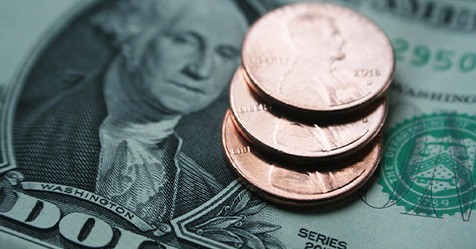Convention centers come in all shapes and sizes—from a large hall with 5,000 square feet to a multi-hall complex with millions of square feet. Regardless of size, cleaning these facilities takes people, products, equipment, and planning. Cleanable areas in convention centers can include restrooms, offices, public and back-of-house areas, corridors, conference rooms, food preparation areas and kitchens, windows, and outdoor sidewalks. You may also find yourself responsible for parks, water features, artwork, elevators, escalators, parking garages, and leased spaces as part of the mix.
Convention center surfaces will range from stone, concrete, and terrazzo to glass, carpeting, and other fabrics. Due to the nature of these facilities, work may come in spurts of a day or two to several weeks of heavy use, with slow periods of a few days to a few weeks in between. In some convention centers, you may only have a few days per year when you can access exhibit halls for deep cleaning and high-surface cleaning.
Required Skills and Knowledge
When cleaning a facility that can be as busy as a convention center, you need strong management and organizational skills to keep track of all specified tasks. Staffing can be an issue, as needs can fluctuate from several full-timers to hundreds of cleaners during and after events for a quick cleanup and reset of rooms and halls.
No Room for Error
Making excuses will get you fired in the convention center business. Customers and the public expect surfaces to be spotless and for events to run smoothly. When problems arise, the custodial services manager and the convention center itself often take the heat, which means the work can be stressful when preparing for events and expectations aren’t met. Convention planners pay big money for hall rentals and related fees, and don’t care what went wrong or who’s to blame if there are problems; they simply don’t come back and aren’t afraid to take legal action to recoup losses for what they see as a breached service contract.
Equipment and Supplies
Due to the sheer space of most centers, you may need large riding equipment to do the work quickly. In the event that equipment breaks down in the middle of a cleaning cycle, it is important to have access to backup or rental equipment to minimize downtime.
Supplies, especially paper and plastics, should be on site due to their high demand during events. As with equipment, it’s important to plan ahead and ensure backup supplies are available for the unexpected.
Pricing the Space
While many facilities employ an in-house staff for regular cleaning and maintenance, they may work with contractors to service common areas; provide specialty services like cleaning windows, floors, and carpets; and provide extra staffing when needed.
We often bid carpet and hard floor care by the square foot and price it from lower to medium rates—6 cents to 12 cents per square foot for carpet cleaning and 4 cents to 25 cents per square foot for hard floor care. The exact costs for either hard floor or carpet care will depend on local labor rates, size of the area serviced, equipment, chemicals, and other factors.
Example Costs by Percentage
When bidding and estimating a convention center, consider the following costs to serve as a percentage of the total estimate:
- Paper and plastics: 3 to 5 percent (this cost can be reduced to less than 1 percent if the facility’s restrooms have electric hand dryers)
- Chemicals: 1 percent
- Equipment: 2 to 3 percent
- Labor: 55 to 70 percent
- Overhead: 10 to 15 percent
- Profit: 4 to 12 percent (specialty work should generate higher profits of 8 to 15 percent or more).
Production rates will be slightly lower, while the cost-per-square-foot averages are slightly higher in convention centers. Access and scheduling demands can be a challenge, as you will generally complete the work during down times and after hours—and you must complete it on time before the doors re-open and the crowds arrive.
Disclaimer: The only safe way to know what you should bid is to know your costs and production rates. You should only use the numbers above as rough guidelines, as they may have little or no relationship to your actual costs or profit on a job.
Opportunities and Benefits
Throughout the years, many convention centers have installed exotic surfaces and interior features, which create opportunities for private contractors to provide specialty services that in-house staff is not prepared or equipped to perform. Such surfaces provide a good foot-in-the-door opportunity for contactors who can provide needed specialty services.




